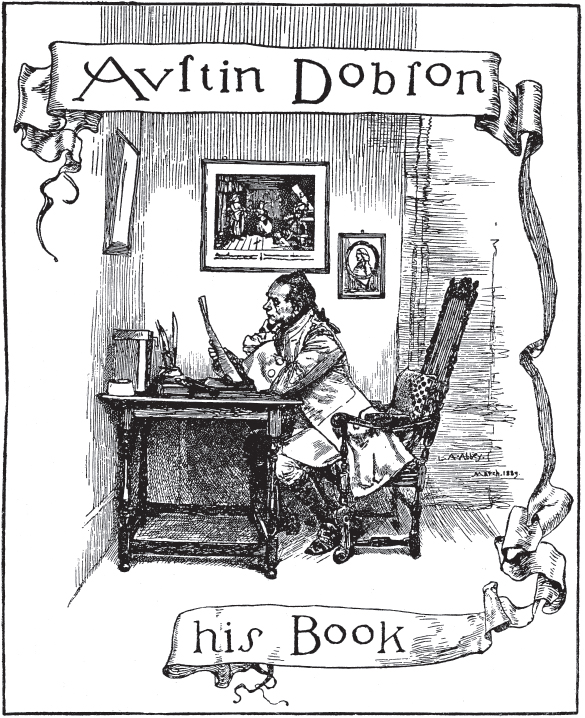
GREAT LITERATURE NOT NECESSARILY MORE INSPIRING THAN POOR
IT should be realized that Shakespeare’s plays offer no finer opportunities to the illustrator than any other work of a dramatic character. It is true that in practice an illustrator finds stimulus to his art from his enjoyment of particular authors or passages. He may have a penchant for costume of a certain period, or for a particular type of character; but if his literary sense should lead him into an endeavour to parallel what is after all the particular property of literature—the glamour and magic of words, he will certainly find one of two things—that he will fail; or, if he succeeds, that he is a genius; for the glamour and the magic of the words will have to be translated not only from one language into another; but from one art to another; an art, moreover, which, being static, is less allied with literature than are music, acting, and dancing.
The illustrator, as such, has little to do with the goodness or badness of the writer’s work, though naturally he prefers a worthy author; but this apart, the silliest magazine story may provide as good materials for illustration as Shakespeare’s plays.
In the realm of ideas things are different. The quality of the ideas suggested by the writer is variable, and a silly or limited idea is hardly likely to call forth a passionate adherence or co-operation on the part of the illustrator.
It is good to remember that, no matter how poor and silly a little love story may be, no draughtsman should complain of a lack of opportunity for expression who has a head and a hand to draw. If the story suggests an interesting situation in which these may be employed in action, with some appropriate setting, an illustrator should require no more than this to set all his powers of invention and execution into full action. Hands are as full of character and show as great a variety of expression as faces, telling as much the story of a human life in heredity and circumstances as eyes, nose, mouth, chin, and forehead. They display both voluntary and involuntary movement—finnikin affectation, listlessness, violence, timidity, and every degree of grace and awkwardness in a more obvious manner pictorially than even the facial expression—yet no part of a drawing is more generally scamped than the hands, partly because of the trouble involved in the draughtsmanship, but also (a more serious cause) from lack of interest in them.
Feet
Even the feet are remarkably expressive; and it is worth noticing what great amount of dramatic significance a drawing may derive from them. Some of Boyd Houghton’s Arabian Nights series may be taken as examples—notably the drawing of The Envious Man plucking the hairs from the cat’s tail—the meeting of the Prince and Badoura (where the passion of their embrace is expressed almost more by the feet than the lips)—the Bridegroom shut up in the Lumber Room—where the feet are full of a chill fear—prophetic indeed of the war expression “cold feet”—and in the Death of the African Magician; where they play their full part in the composition of the silhouette, at the same time being extraordinarily expressive of the poisoned agony of the magician. There are many such cases in his work, and it would be easy to multiply them.

No. 98. E. A. Abbey. Process block, enlarged from wood engraving by Cooper. A masterpiece of delicate spacing of line work to preserve the lights.
In Phil May’s drawings much of the decorative effect is arrived at by the clear establishment of the feet upon the ground. There is always an emphatic silhouette, and the pose or relation of two or more persons of a group, and the relation of one group to another is always clearly observed and stated—this being as important a subject from the decorative point of view as the relation of heads in a group. Many accomplished artists overlook this factor in a composition, and hang the figures to the faces, instead of standing them firmly with their feet upon the ground with the head duly supported on top according to the generally accepted law of gravity.

No. 99. Beardsley. From “Under the Hill.” Direct process block. Delicately contrived pattern of tone and rhythm in a manner reminiscent of the sciagraph.